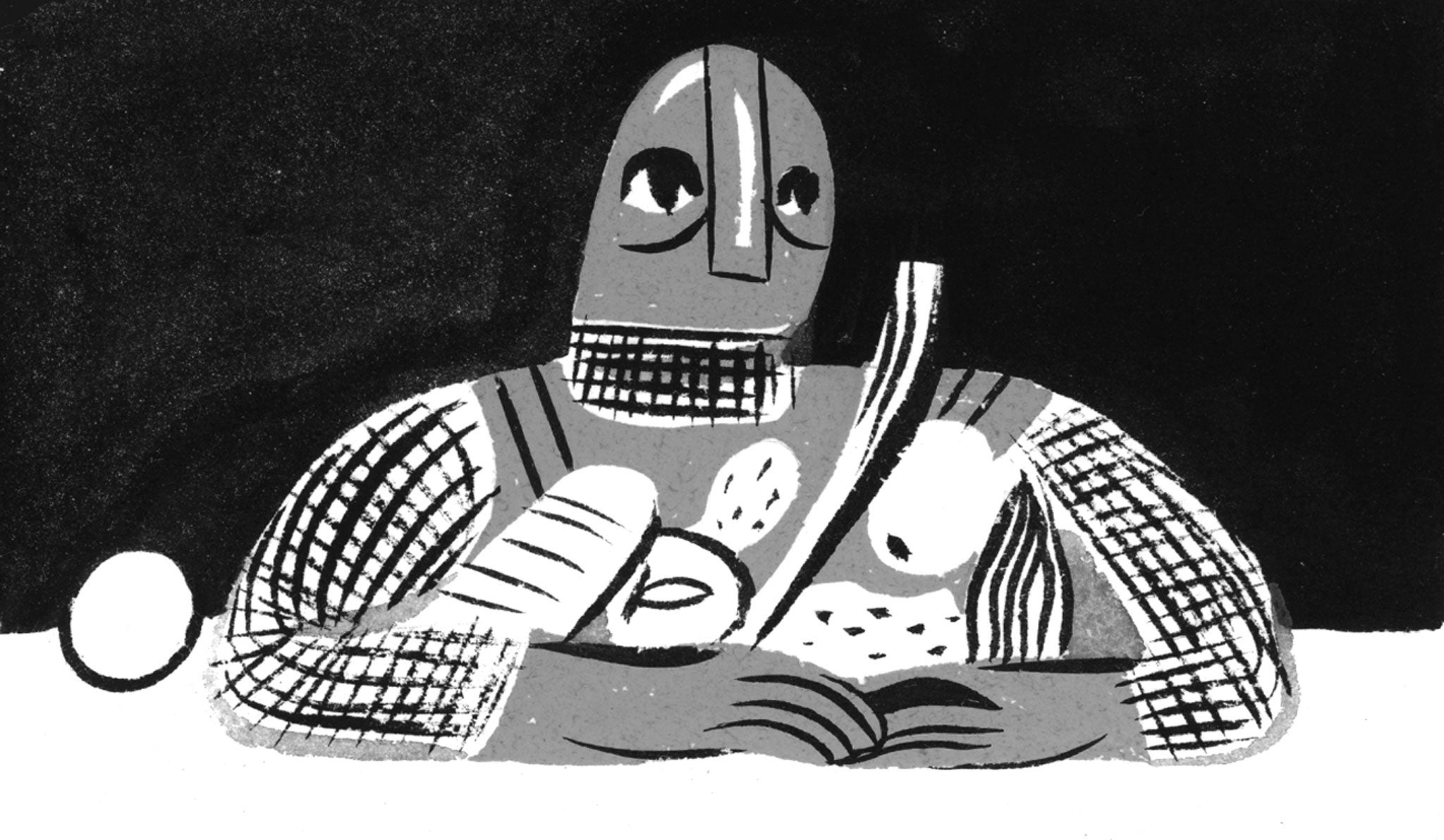
Your support helps us to tell the story
From reproductive rights to climate change to Big Tech, The Independent is on the ground when the story is developing. Whether it's investigating the financials of Elon Musk's pro-Trump PAC or producing our latest documentary, 'The A Word', which shines a light on the American women fighting for reproductive rights, we know how important it is to parse out the facts from the messaging.
At such a critical moment in US history, we need reporters on the ground. Your donation allows us to keep sending journalists to speak to both sides of the story.
The Independent is trusted by Americans across the entire political spectrum. And unlike many other quality news outlets, we choose not to lock Americans out of our reporting and analysis with paywalls. We believe quality journalism should be available to everyone, paid for by those who can afford it.
Your support makes all the difference.No. I have prepared food from recipes dating back through hundreds of years of English cuisine. The important thing to remember here is that there was no refrigeration and little understanding of food preservation.
Consider that if you killed an animal, and had no notion of how to preserve it, and it was not cooked immediately, it began to spoil and decay. Even the royals ate meat we would say had "turned". In order to make it palatable, they would spice it heavily with black pepper and other spices. The quantity of spices called for in some of the recipes would overwhelm your taste buds. They did mine.
It was common practice to "age" fowl till it was "ripe" to ensure it was tender and moist. So they would take a pheasant after killing and hang it whole, by the neck, and leave it till it had ripened enough for the body to fall from the head.
Certainly! Though it would of course depend on your tastes, as well as the region. Grains were, unsurprisingly, a staple. Barley, wheat, oats and rye were turned into all manner of breads and porridges. Many of the ways that proteins are prepared have not changed a lot. Meats were roasted or stewed. Fish, in coastal regions, was also cooked ways we'd consider conventional today.
Vegetables were plentiful. They would have had turnips, leeks, onions, beets, garlic, parsnips, fennel, endive, watercress, cabbage, lettuce, long and broad beans, peas, lentils and asparagus. These would be roasted, put into soups/stews, baked into pies, or even in "sallats".
Fruits were also readily available for many. In Mediterranean regions, citrus varieties were common, including lemons, citrons, and bitter oranges. They also enjoyed pomegranates, quince, grapes, and dates. In more northerly climes, apples, pears, plums and strawberries were all available.
In northern and central Europe, dairy was ubiquitous. Milk, cream, butter, and cheese. Just like salted/preserved fish, cheese and butter were great ways to preserve calories.
Danielle Linn, Assistant Curator
It would require a stupid cook indeed for spices (worth their weight in gold, or close to it) to be used to cover the taste of rotting meat. And every country in Christendom (along with several Islamic states) had very strict laws punishing the sale of "stale" and rotten meat.
Much medieval food tastes great, and I've cooked it over the course of 40 years encompassing 30-plus feasts, often for 100 or more guests. Much of it – just as with modern cuisine – will appeal to one person and not the next.
This is an edited answer from Would medieval food be considered tasty today? which originally appeared on Quora: The best answer to any question. Ask a question, get a great answer. Learn from experts and get insider knowledge. You can follow Quora on Twitter, Facebook, and Google+.
Join our commenting forum
Join thought-provoking conversations, follow other Independent readers and see their replies
Comments